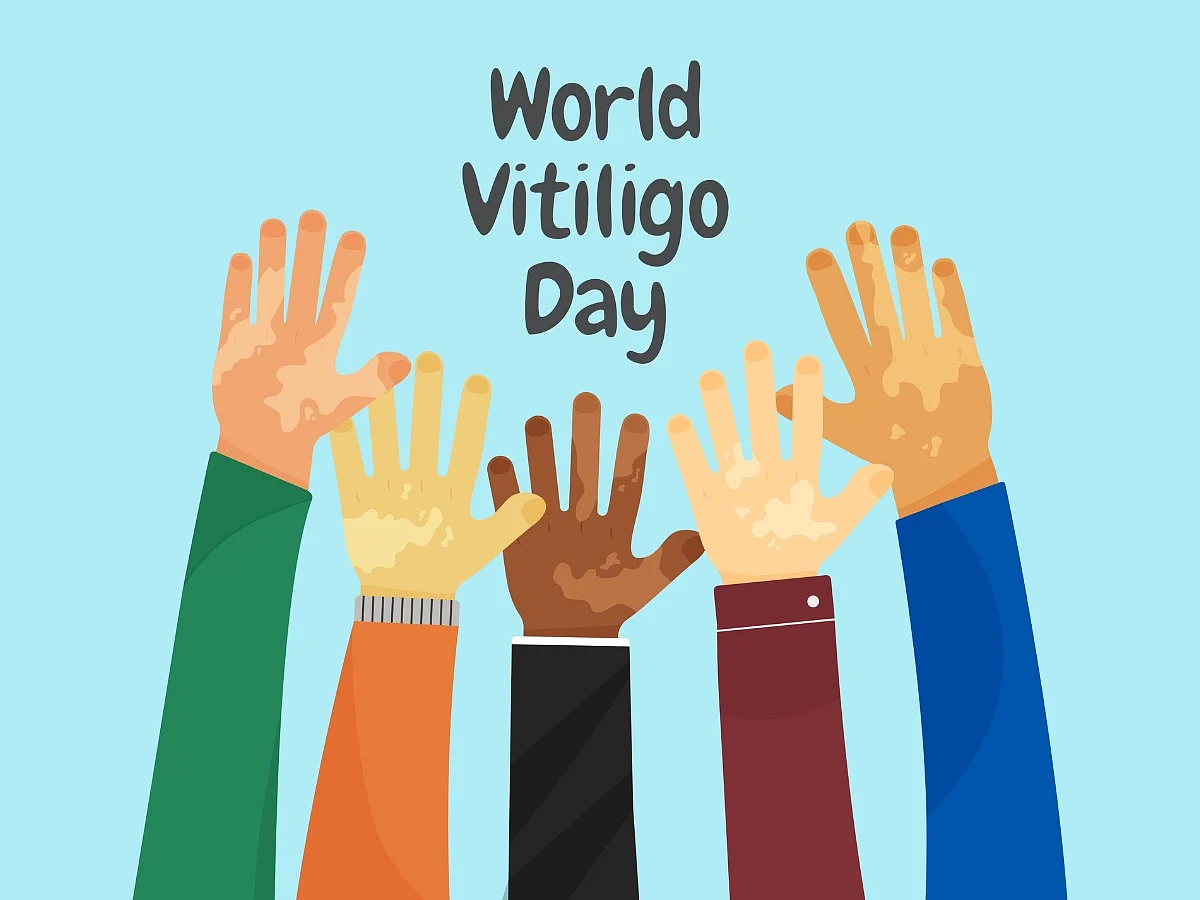World Vitiligo Day 2024: 5 Tips To Manage & Control Vitiligo
Check the simple ways and tips to control and manage vitiligo

advertisement
World Vitiligo Day is observed on 25 June every year to raise awareness about vitiligo, a skin disorder in which melanocytes are destroyed and the skin loses its color. It also aims to promote vitiligo healthcare and education.
This day was first proposed by the VR Foundation and VITSAF in 2011. The primary focus of World Vitiligo Day was to highlight the challenges and create awareness. Over the years, its scope has expanded, and it is now recognized as a significant platform to raise awareness about vitiligo throughout the world. The United Nations established its official recognition of World Vitiligo Day in 2018.
One of the most important aspects of World Vitiligo Day is to emphasize the need for vitiligo healthcare. Many people worldwide are affected by this condition, and they face enormous social and mental problems. Vitiligo can significantly impact a person's daily life, affecting their ability to work, study, or social interact. Let's have a look at the tips to manage vitiligo.
How To Deal With Vitiligo?
One of the most important ways to prevent vitiligo is to apply and reapply an effective sunscreen with at least an SPF of 30. You should also apply your sunscreen every two hours, or more often if you’re swimming or sweating.
It’s also important to wear clothing that shields your skin from the sun. Avoid using tanning beds and sunlamps. You can also conceal affected skin by wearing a hat, sunglasses, or self-tanning creams.
Self-tanning products can help minimize the differences in skin color, but it’s important to note that they can fade over time. So, it’s best to start using a self-tanning product that contains dihydroxyacetone, as this is approved by the U.S. Food and Drug Administration.
If you do get a tattoo, it’s important to clean and treat the affected area thoroughly. You should also watch for signs of vitiligo, which may include new patches of white skin appearing within two weeks of the tattoo. If you notice any of these signs, it’s important to contact your dermatologist immediately.
There are a number of things you can do to reduce your risk of developing vitiligo. Eat a diet rich in fruits, vegetables, nuts, seeds, and spices. You can also take supplements such as ginkgo biloba, alpha lipoic acid, vitamin C, vitamin E, and polyunsaturated fatty acids (omega-3).
(Disclaimer: Parts of this article were generated by AI and published after the content was editorially modified and verified by a human based on their own judgement and expertise. The Quint does not publish AI-generated content without direct human involvement and oversight)
(At The Quint, we question everything. Play an active role in shaping our journalism by becoming a member today.)